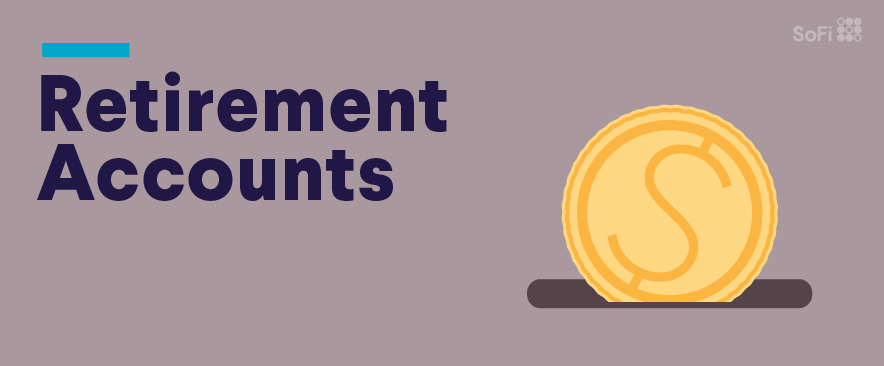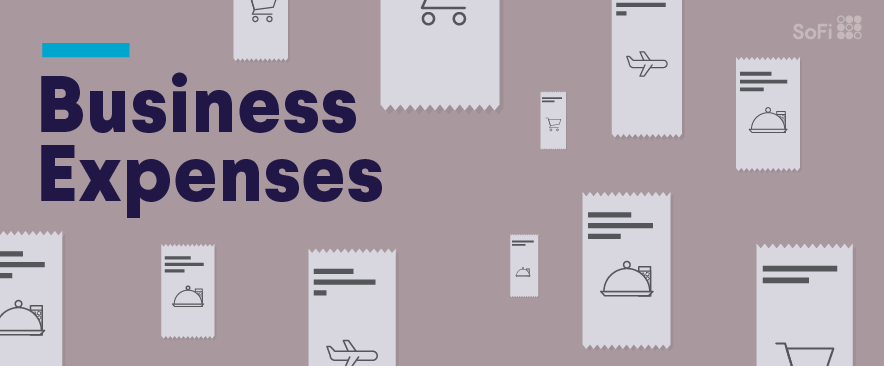Can Student Loans Be Refinanced?
Yes, student loans can be refinanced if you’re looking to combine multiple loans into one, lower your interest rate, or lower your monthly payment. You can refinance both federal and private student loans, but refinancing federal loans with a private lender will remove access to federal protections and benefits.
Here’s a detailed look at student loan refinancing so you can decide if it’s the right decision for you.
How to Refinance Student Loans
When you refinance your student loans, you’re essentially taking out a new loan and using it to pay off your existing student loans. Refinancing may allow you to secure a lower interest rate or reduce your monthly payments.
Student loan refinancing may also allow you to change your repayment term. If you took out a private student loan to pay for your education, the repayment terms were set when you borrowed the loan.
If you borrowed federal loans, there are student loan repayment plans you can choose from, including the Standard 10-year Repayment plan or one of four income-driven repayment plans. If you refinance, you can choose a shorter or longer repayment term, but you will lose access to the federal repayment options.
A shorter repayment term will mean that your monthly payments will increase, but that you’ll most likely pay less in interest over the life of your loan. In contrast, a longer repayment term will mean that your monthly payments will decrease, but you might pay more in interest overall.
Can I Refinance Student Loans?
Yes, you can technically refinance your student loans at any time. However, while in school, federal loans (and most private loans) do not require you to make payments. Unless you’re able to start making payments and can lock in a lower rate with a refinance, it may make sense to wait until you graduate, leave school, or drop below half-time enrollment.
Recommended: How Soon Can You Refinance Student Loans?
When you refinance student loans with a private lender, the lender is going to look at your credit profile and debt-to-income ratio to qualify you and determine your interest rate. It may make sense to build your credit and have a stable job prior to applying for a refinance. You can also choose to refinance your loans with a cosigner to secure a better interest rate.
Is It Worth It to Refinance Your Loans?
You might be wondering if it’s worth it to refinance your student loans. The answer to that will depend on your personal financial situation, but using a student loan refinance calculator can help you see if and how much you could save by refinancing.
Depending on how much you have in student debt, reducing your rate by just a few percentage points could save you thousands of dollars over the life of your loan if you keep your loan term the same. If you’re hoping to lower your monthly payment, you most likely will have to extend your loan term, which could result in paying more in interest overall.
Also note that refinancing federal student loans with a private lender removes federal student loan benefits and protections, such as income-driven repayment plans, deferment, and student loan forbearance.
What Types of Student Loans Can Be Refinanced?
Both federal and private student loans can be refinanced with a private lender. All types of loans can be refinanced, including Direct Loans, Direct PLUS Loans, Direct Consolidation Loans, and private student loans.
If you want to combine federal loans only into one loan with one monthly, you could consider a student loan consolidation. A student loan consolidation won’t save you money in interest, as it’s the weighted average of the loans you’re consolidating rounded up to the nearest one-eighth of a percent, but it could lower your payment if you extend your loan term.
Consolidating your federal loans allows you to keep access to federal benefits and protections. If you’re using them now or plan to in the future, this could be an excellent option to simplify your loan repayment.
If you don’t plan on using federal benefits and want to reduce your monthly payment or lower your interest rate, a student loan refinance could be the right choice for you.
Recommended: Pros and Cons of Student Loan Refinancing
What to Look for in a Student Loan Refinance Company
When it comes to refinancing student loans, consider finding a lender that doesn’t charge origination fees or prepayment penalties. Usually, you’ll have the choice between a fixed or variable rate loan.
Other things to look for in a student loan refinance company include excellent customer service ratings, an easy online application process, and possible member benefits, such as career coaching, financial advice, and rate discounts on loans.
Refinancing Student Loans With SoFi
Looking to lower your monthly student loan payment? Refinancing may be one way to do it — by extending your loan term, getting a lower interest rate than what you currently have, or both. (Please note that refinancing federal loans makes them ineligible for federal forgiveness and protections. Also, lengthening your loan term may mean paying more in interest over the life of the loan.) SoFi student loan refinancing offers flexible terms that fit your budget.
FAQ
Is it legal to refinance student loans?
Yes, it is legal to refinance student loans. You can refinance both federal and private student loans with a private lender. You may be interested in refinancing if you’re wanting to lower your monthly payment or lower your interest rate. Keep in mind that refinancing federal loans will eliminate federal protections and benefits.
What happens when you refinance a student loan?
When you refinance your student loans, you pay off one or more of your existing student loans and have a new loan with a new interest rate, new terms, and a new monthly payment. You will then make your monthly payment to your new lender until it is paid off or you refinance it again with another company.
Why would you refinance student loans?
You may choose to refinance your student loans to lower your monthly payment, lower your interest rate, extend or shorten your loan term, and/or simplify your repayments.
SoFi Student Loan Refinance
SoFi Student Loans are originated by SoFi Bank, N.A. Member FDIC. NMLS #696891. (www.nmlsconsumeraccess.org). SoFi Student Loan Refinance Loans are private loans and do not have the same repayment options that the federal loan program offers, or may become available, such as Public Service Loan Forgiveness, Income-Based Repayment, Income-Contingent Repayment, PAYE or SAVE. Additional terms and conditions apply. Lowest rates reserved for the most creditworthy borrowers. For additional product-specific legal and licensing information, see SoFi.com/legal.
SoFi Loan Products
SoFi loans are originated by SoFi Bank, N.A., NMLS #696891 (Member FDIC). For additional product-specific legal and licensing information, see SoFi.com/legal. Equal Housing Lender.
Disclaimer: Many factors affect your credit scores and the interest rates you may receive. SoFi is not a Credit Repair Organization as defined under federal or state law, including the Credit Repair Organizations Act. SoFi does not provide “credit repair” services or advice or assistance regarding “rebuilding” or “improving” your credit record, credit history, or credit rating. For details, see the FTC’s website .
Non affiliation: SoFi isn’t affiliated with any of the companies highlighted in this article.
Financial Tips & Strategies: The tips provided on this website are of a general nature and do not take into account your specific objectives, financial situation, and needs. You should always consider their appropriateness given your own circumstances.
SOSL0222020 Read more









